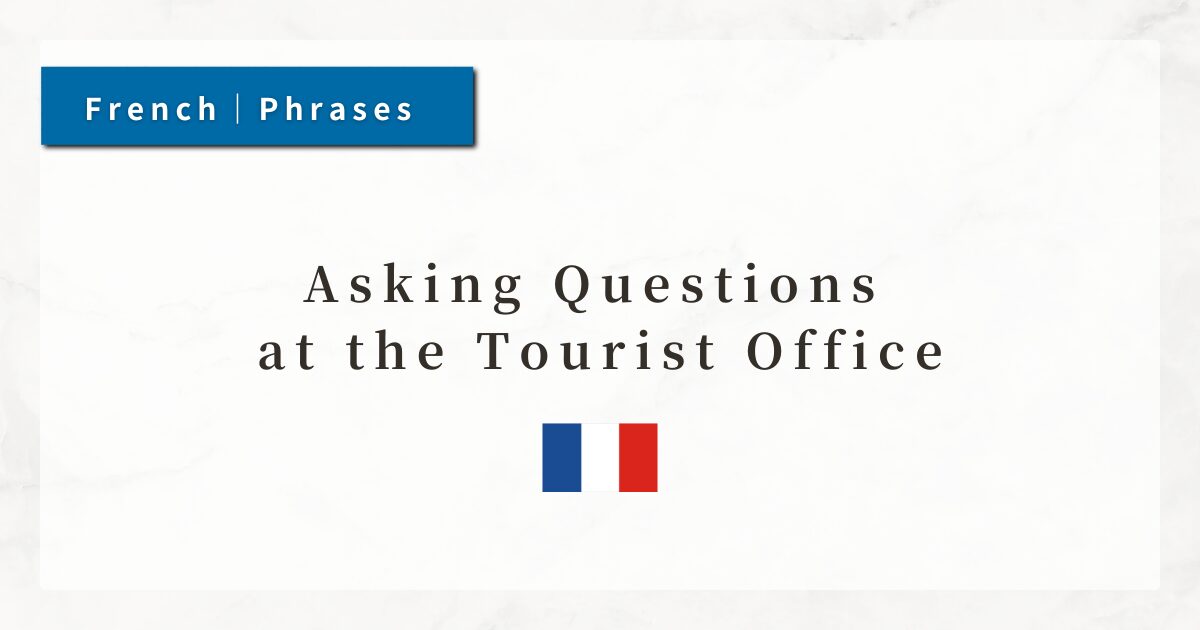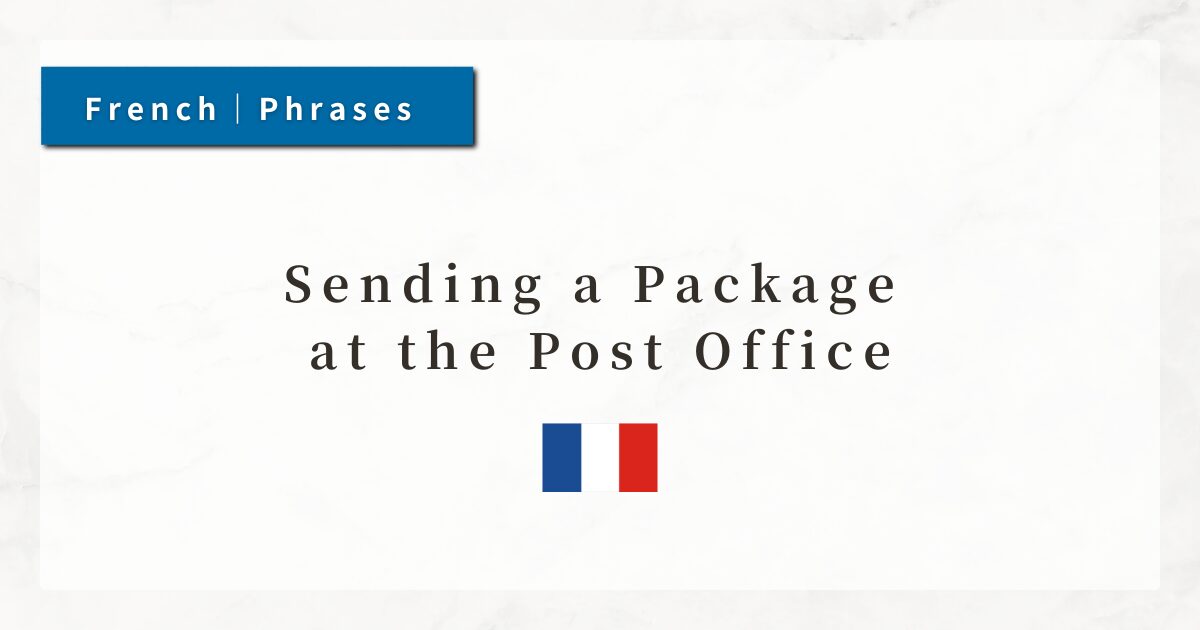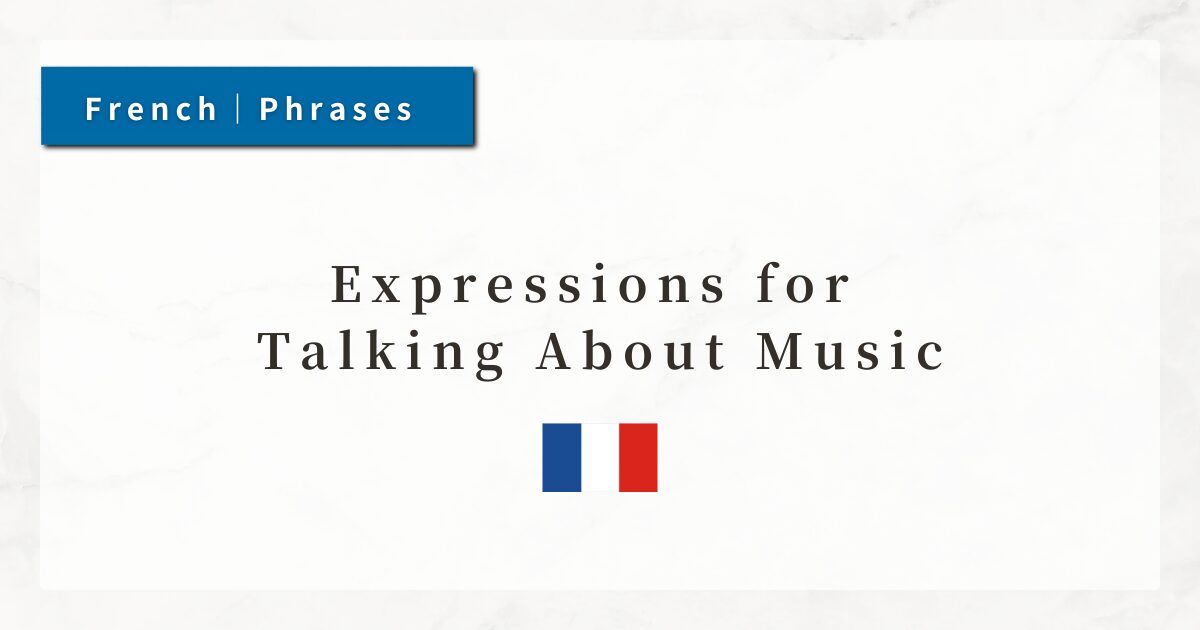#25 Asking Questions at the Tourist Office|French Travel Expressions

When traveling, you may visit a tourist office to get a map or ask about sightseeing spots and transportation.
Being able to ask basic questions in French will make your trip and sightseeing much smoother.
In this lesson, I will introduce useful French phrases for tourist offices and explain the grammar points behind them.
Dialogue

Bonjour, est-ce que vous avez un plan de la ville ?
(Hello, do you have a city map?)

Oui, bien sûr. Voilà un plan gratuit.
(Yes, of course. Here is a free map.)

Merci. Pouvez-vous me dire où se trouve la cathédrale ?
(Thank you. Could you tell me where the cathedral is?)

Elle est à dix minutes à pied d’ici. Suivez cette rue et tournez à gauche.
(It’s a 10-minute walk from here. Follow this street and turn left.)

Est-ce qu’il y a un bus pour aller au musée ?
(Is there a bus to go to the museum?)

Oui, prenez le bus numéro 5 à l’arrêt devant la gare.
(Yes, take bus number 5 at the stop in front of the station.)
1. Asking “Do you have … ?”
A common expression at tourist offices is: “Est-ce que vous avez … ?” (Do you have …?)
- Est-ce que vous avez un plan de la ville ?
(Do you have a city map?)
Here, the verb avoir (to have) is used in the sense of “Is there … ? / Do you have … ?” — similar to English “Do you have … ?”
Other examples:
- Est-ce que vous avez des informations sur les musées ?
(Do you have information about the museums?) - Est-ce que vous avez des horaires de bus ?
(Do you have the bus schedules?)
2. Asking “Where is … ?”
To ask for locations, the phrase “Où se trouve … ?” is useful.
- Où se trouve la cathédrale ?
(Where is the cathedral?)
The verb se trouver means “to be located.” “Où est … ?” (Where is …?) is also understood, but in tourist offices or more formal situations, “Où se trouve … ?” sounds more polite.
- Où se trouve la gare ?
(Where is the station?) - Où se trouvent les toilettes publiques ?
(Where are the public restrooms?)
3. Asking About Transportation
To ask about means of transportation to a destination, use: “Est-ce qu’il y a … pour aller à … ?” (Is there … to go to … ?)
- Est-ce qu’il y a un bus pour aller au musée ?
(Is there a bus to go to the museum?)
The phrase “Il y a …” means “there is/are …” and is very common in French, much like English “Is there … ?”
4. Common Phrases for Giving Directions
Tourist office staff often use the following expressions when explaining directions:
- Suivez cette rue.
(Follow this street.) - Tournez à gauche / à droite.
(Turn left / right.) - C’est à dix minutes à pied.
(It’s a 10-minute walk.) - Prenez le bus numéro 5.
(Take bus number 5.)
These are key to understanding instructions when moving around locally.
Summary
- Est-ce que vous avez … ?
→ The standard way to ask “Do you have … ?” - Où se trouve … ?
→ To ask “Where is … ?” politely. - Il y a … pour aller à … ?
→ To ask about transportation. - Suivez / Tournez / C’est à …
→ Common expressions used when giving directions.




